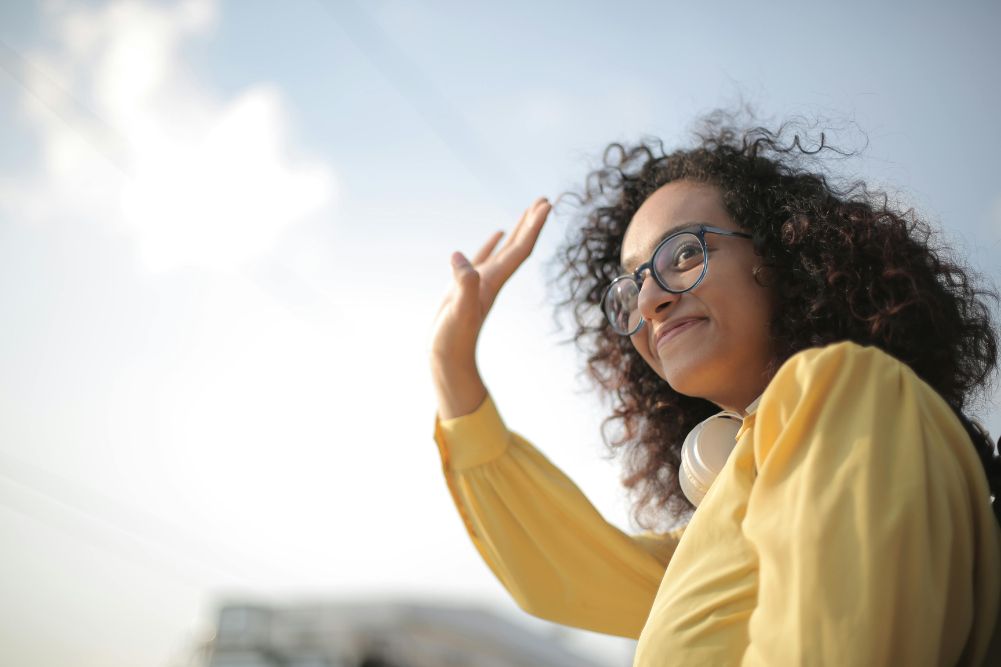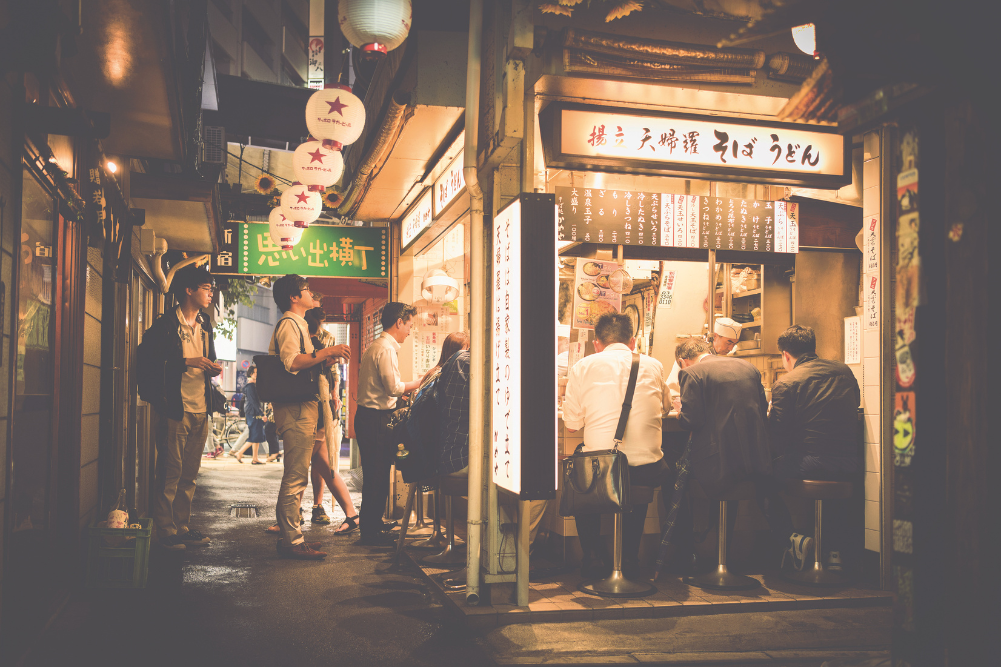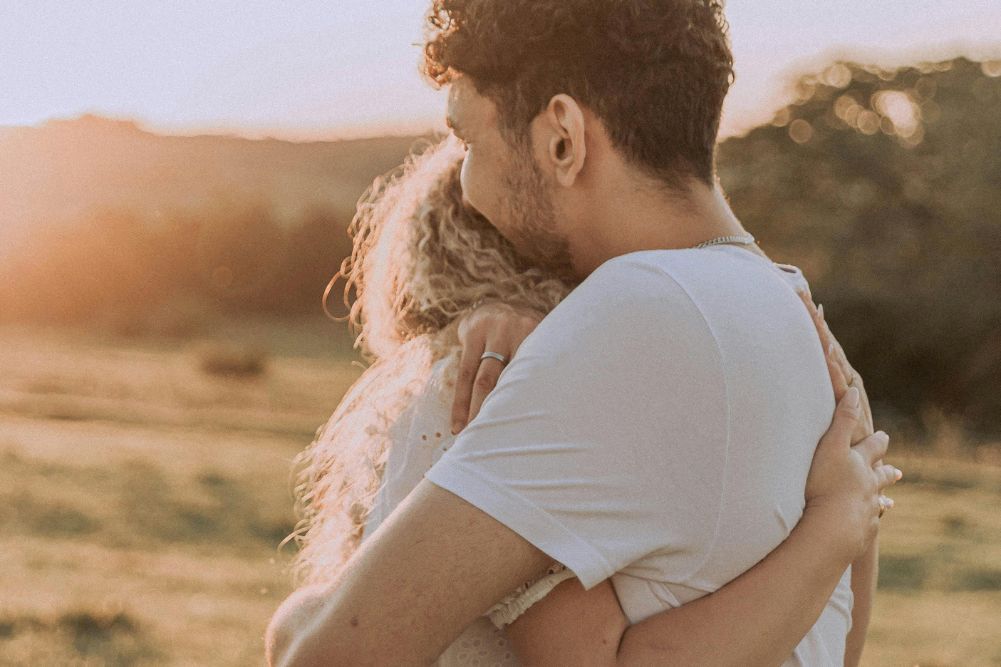Your guide to meditation
Have you ever stopped and taken a few moments to notice the state of your mind? Have you ever tried to still your mind and stop thoughts from flowing through it? Some meditation techniques focus on encouraging the practitioner to stop thoughts from coming into the mind, however this is near impossible. It is certain that the harder you to try to stop them, the more they will come. It is the nature of the mind that whatever you resist will persist, and that includes the resistance of thoughts from entering the mind. Don’t just believe what you are reading. Try it yourself. Take a few moments right now. Close your eyes and try to think of anything except a circus clown, for example. What did you see when you closed your eyes? Did you picture a clown?
The nature of meditation is effortlessness. While most things in life demand effort for us to be good at them, meditation is quite the opposite. One of my most profound experiences of meditation occurred when the teacher instructing our group said to us, “Now, tell your mind that it can go wherever it likes and that whenever it is ready you will still be here, sitting quite still, exactly where you are.” By giving the mind this complete permission do as it pleased, it automatically became more still, more peaceful and quiet and the thoughts automatically and effortlessly dissolved.
Although effortlessness is the nature of meditation, it does not mean that progress in meditation will come without discipline or dedication. It is the delicate art of doing nothing, the art of letting go of everything and just being — effortlessly being who you are in that moment. Most people who haven’t tried meditation think it is something to be done, something that needs a great deal of concentration, but it is nothing of the sort. Meditation is not about doing but about being.
The nature of the mind is such that it is constantly fluctuating, vacillating between the past and the future and spending little time in the present moment. In the present moment the mind is settled and calm and deep rest is received. It is a contradiction in terms when busy people say they are too busy to meditate. They say they don’t have the time to sit around doing nothing, but the truth of the matter is that the busier you are in life, the more important it is that you receive the deep rest that is acquired through meditating. It is the busiest people who would benefit most from meditation practices.
Every day we wash our bodies and take care of ourselves in terms of hygiene. We clean our houses, wash our clothes and so on, but what do we do for our minds? What do we do to keep the mind uncluttered, calm, clear and refreshed? Meditation is a way of cleaning the mind, washing it from within, so that you can be calmer, clearer and happier. Without meditation, the restlessness of the mind affects you on all levels and prevents you from connecting with the joy within you. Meditation frees you from tension and brings back your smile.
Everyone has experienced a meditative state in certain moments of their lives; for example, when you are deeply joyful and happy, doing something you love so much that it totally absorbs you and you lose track of time. Just for a moment the mind becomes light and is at ease. How can you repeat those moments so they occur more frequently in your life? Through meditation you cultivate this state of mind so that, more and more, it becomes your natural state of consciousness.
How to meditate
Just as someone learning to play the piano would be wise to take lessons from an experienced pianist in order to progress, it’s a good idea to receive guidance in meditation to ensure your progress. When seeking a teacher, look for someone who practises meditation themselves, someone who lives what they teach. Feel free, however, to try meditating on your own a few times before seeking a teacher. Most people find they don’t have the necessary discipline to practise meditation on their own initially. The self-discipline that comes to those who meditate has come through their direct personal experience of the benefits of meditation. Meditation is a practical experience that improves with practice and is not something you can really understand through reading or sporadic practice. Before you join a meditation group, here are some guidelines that may be helpful.
How to sit
Whenever you sit for meditation it is preferable to sit in a comfortable cross-legged position with your spine erect, neck straight and shoulders relaxed. Sit on a cushion if it is more comfortable for you. This will also help you keep your spine straight. If sitting on the floor is far too uncomfortable, sit in a chair without crossing your legs.
Hands
Buddhists place their hands with the palms facing up, the right hand cupped in the left. Yoga practices suggest different mudras (hand positions) that have different effects on the state of mind. To begin with, sit with your hands gently resting on your knees, palms facing up.
Eyes
Most forms of meditation are practised with the eyes closed, although walking meditation is practised with them open.
Body aches
If your body starts to ache, be with it and observe the sensations with total awareness. If your knees are aching, take your full awareness there and keep relaxing. When I first started meditating my knees really hurt and I felt so uncomfortable. However, it wasn’t long before the discomfort left me and now I can sit quite happily for a couple of hours.
Time
It is preferable to practise meditation at the same time of the day or night on a regular basis. The recommended time is early morning when the environment and your mind are both relatively still, ideally between 4am and 6am. This is not “law”; it is just preferable, as it is a time when most people are still sleeping and the stillness of the environment will have a positive effect on your meditation. Starting each day with meditation has a positive influence on your state of mind. Similarly, it is also a great idea to meditate just before you go to bed, which will have a positive effect on the quality of your sleep. However, it is recommended that you don’t meditate in the hours between midnight and 3am.
If you are in a routine of exercising or practising yoga asanas, then it is a good idea to do those first and to end with meditation, always moving from “gross” to “subtle”. Gross refers to the more physical and aerobic exercises and subtle refers to practices such as relaxation and meditation. If there is too much restlessness in the body it will be less easy to sit for meditation. That is why it is really wonderful to practise yoga asanas before meditation. Through yoga the body and mind are given the chance to rebalance and to become free of dullness or restlessness.
From a physical perspective, it is best to meditate on an empty stomach when you are a little bit hungry and also a little bit tired.
Showering
Having a shower (preferably a cold one) before you meditate leaves you feeling vibrant, energised, fresh and alert during the practice of meditation. If you crawl out of bed and immediately go into your meditation practice, you are more likely to fall asleep than meditate.
Distractions
Having minimum distractions around you is conducive to meditation but it is not necessary to wait until your surroundings are silent to meditate. Just do what you can: turn your mobile phone off, take the phone off the hook, turn the television and radio off, get someone to watch your children et cetera. Then, having done what you can to create minimal distraction, surrender to the sounds that arise during your meditation and accept them as they come and go. It is inevitable that life will go on in its normal fashion, complete with the occurrence of loud and disturbing noises. If disruptions come, just be with them; take your awareness to them fully and become a silent observer.
Clothing
Wear comfortable, loose clothing when you meditate. Some people recommend wearing white clothing in particular, as white induces thoughtlessness in the mind.
Where?
Although not essential, if you are meditating at home it’s preferable to practise meditation in the same area or room. If possible, create a room in your home that is used for meditation and nothing else. The more you practise in the same space, the more effortless it will be for you to slip into meditation and the deeper your practice will become. It is preferable to meditate in a room where lots of natural light enters and where there is cross-ventilation so that fresh air can gently circulate throughout.
Thoughts
As you sit for meditation, just be an observer; watch your thoughts with acute awareness as though you were the doorkeeper at the gate of your mind, observing silently as the thoughts enter and leave. Your mind may constantly think of something. Simply watch your thoughts, be a witness to them and don’t try to stop them or identify with them. Have no preference for good thoughts or bad thoughts; just let them come in whatever shape or form without identifying with them or owning them.
Diet
As you progress with your practice you may notice how certain foods influence and affect your mind. Spicy foods, garlic and onion increase restlessness in the mind and have a negative influence on meditation. Alcohol and meat, for example, can affect your state of mind days after they have been consumed, causing restlessness and negative emotions. The best foods to eat if you are sustaining a meditation practice are vegetarian foods such as grains, fresh fruits, vegetables and nuts. Whatever your experience in relation to food, discover what does and doesn’t work for you. The more you meditate, the more you will naturally gain greater sensitivity to the effect of different foods on the body and the mind.
Types of meditation
Although every meditation teacher will have their own style of meditation, there are five universal stages of meditation. These comprise four stages of meditation with an object whereby the mind has something to focus on (samprajnata) and one stage where there is no object (asamprajnata). The four stages of meditation with an object can be practised with an abundant choice of object; for example, visualisations, physical sensation, breath, energy, mantras or attitudes such as acceptance, compassion and friendliness. The process moves through the object-based stages from “gross”, “subtle”, “bliss” to “I-ness” and, finally, to the fifth stage of objectless.
At least one of the stages of meditation can be found in any school or tradition where meditation is practised. The five stages form a universal framework for deepening meditation and are outlined below.
1. Savitarka meditation
The first state of the super-conscious mind is called savitarka. When the mind is in this state it keeps moving between three things: the word or name of the object, knowledge related to the object and sense perception of the object. For example, when you think of a rose you think of the word “rose”, of knowledge about roses (that is, they are flowers of various colours et cetera) and of sensory perception (that is, the typically beautiful smell of a rose). When the mind goes beyond this state and merges with the object, it no longer thinks of the object in all these ways.
Savitarka relates to concentration on a gross object. There are many different gross objects on which you might meditate at this level. One such object is the om symbol. When focussing on the om symbol, imagine the symbol, see its shape and form, think of the sounds associated with “om”, hear those sounds in your head and then think about what you know about the om symbol.
2. Savichara meditation
Savichara meditation relates to subtle objects that can be focused on once the gross object has been left behind. In this stage of meditation the subtleties of the senses are more acute and there is far less choice of object than in savitarka meditation. The subtle objects, for example, could include the elements of the earth (fire, water, air) and space or the more subtle essence of mantras that goes beyond syllables.
3. Sananda meditation
Moving still further towards subtlety, sananda meditation emphasises the state of bliss in meditation (“ananda” means “bliss” in Sanskrit). In this state the concentration of the mind is free from the gross and subtle impressions that were experienced at the stages of savitarka and savichara. Gross and subtle objects recede and the meditator becomes aware of the bliss underlying the previous two stages. The reality and deep awareness of this bliss is far more subtle that any emotion.
4. Sasmita meditation
Sasmita meditation focuses on the even more subtle “I-ness”. I-ness refers to the “I” that is witnessing all of the other experiences. It is not the “I” that is predominant in ego nor the “I” that identifies with the gross levels of physical being (that is, I am male, I am Australian, I am young et cetera). Rather, it is a very simple and uncomplicated point of reference from which all other less subtle states dissolve.
5. Asamprajnata meditation
Once you move away from the four object-based stages of meditation, or meditation with support, you can move into objectless meditation, or asamprajnata. In this stage of meditation there is no support but instead a vast and endless stillness even more subtle than any of the previous stages.
Lack discipline? Don’t know where to start?If you are a newcomer to meditation or you find meditation difficult, Petrea King’s CD, Learning to Meditate, is the perfect place to start. The CD contains two tracks. Track 1 gives an insightful explanation of meditation. It not only teaches you how to practise but also reminds you why meditation is so beneficial. It is therefore useful to listen to when you find your discipline waning. Track 2 is a guided relaxation and meditation practice. Apart from being one of the most inspiring souls in Australia, Petrea is also gifted with an incredibly soothing voice. Listen to her CD every day and it wouldn’t surprise me if it changes your reality. Call (02) 4883 6599, email info@questforlife.com.au or go to questforlife.com.au |
Meggan Brummer works as a volunteer for the Art of Living Foundation and is an internationally published health writer. She’s recently become a mum, which you can read more about on her blog, megganmamma.wordpress.com. Email her at meggan.brummer@gmail.com.







